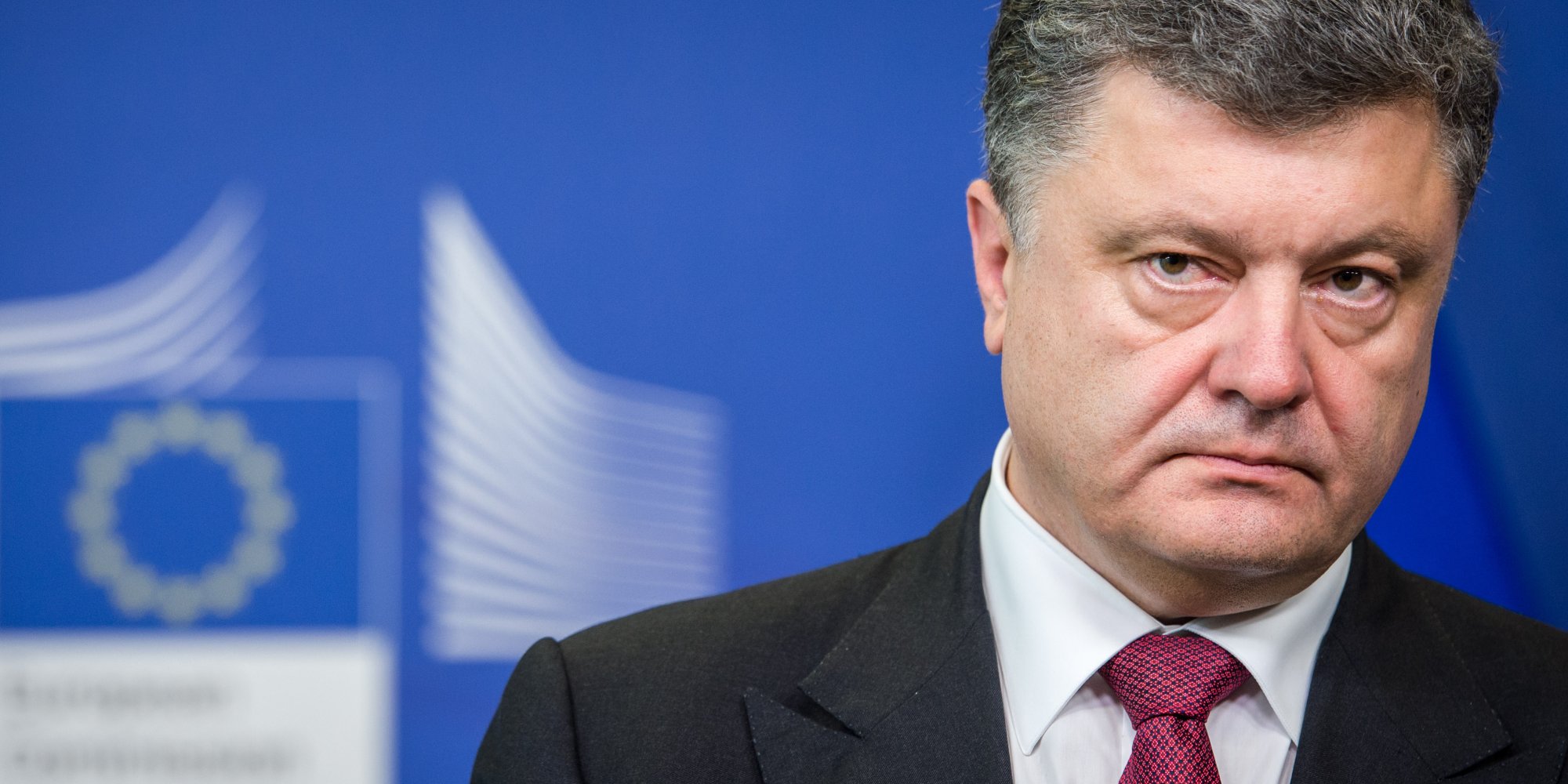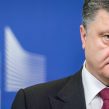
Ukraine in a Leaderless Europe: A Net Assessment (Part Three)
Publication: Eurasia Daily Monitor Volume: 12 Issue: 49
By:

*To read Part One, please click here.
*To read Part Two, please click here.
Ukraine’s EuroMaidan movement triggered two conflicting processes: Ukraine’s resolute, unambiguous course toward Europe (reinforced by subsequent presidential and parliamentary elections) and Russia’s response through a multidimensional war against Ukraine and seizure of Ukrainian territories.
Thanks to Ukraine’s national choice, the most momentous geopolitical gift since 1991 landed in Europe’s lap, along with the chance for the European Union to substantiate the normative aspects of its external policy.
The EU’s western countries had, as early as April 2014, signaled that they would rather consign Ukraine back to that same “gray zone” from which the country was hoping to escape. At that juncture, when Russia was only putting a first, tentative toehold in Ukraine’s east, the European Union considered undertaking an EU monitoring mission there, but decided instead at Germany’s insistence to entrust the Organization for Security and Cooperation in Europe (OSCE) with that mission.
That decision placed Ukraine on the same level as Moldova and Georgia, casualties of failed experiments in “cooperative security” by Russia-West consensus through the OSCE. According to Ukraine’s ambassador to the EU, Kostiantyn Yelisieiev, Ukraine appealed to the EU to initiate a mission in Ukraine’s east under the EU’s common security and defense policy (CSDP), first in spring 2014, then after the Minsk armistice, but the EU failed to respond (EurActiv, March 10).
Minsk Two gives Russia, via the Donetsk and Luhansk “people’s republics” (DPR, LPR), a vote, and potentially a veto, on Ukraine’s constitutional reforms. Constitutional reforms acceptable to Moscow and DPR-LPR are, in turn, the pre-conditions to Ukraine’s regaining, not control of the border with Russia, but joint control with the DPR-LPR of that border, subject to further negotiations with them. The withdrawal of Russian troops from Ukraine’s east is also pre-conditioned on constitutional reforms acceptable to the DPR-LPR (and to Russia behind them). But this might be immaterial, since the Minsk agreement’s troop-withdrawal clause is so formulated in the text as to be inapplicable ab initio. Minsk Two, furthermore, instructs the OSCE’s elections-observation office, ODIHR, to prepare local elections in the DPR-LPR with a view to assessing those elections as valid (see EDM, February 13, 19, 20).
Holding OSCE-blessed elections would mark a further step toward legitimizing the DPR-LPR. This would strengthen their hand in negotiations with Kyiv on border control, on DPR-LPR’s “right” to conduct direct relations with Russia, and, potentially, on “federalizing” Ukraine’s state structure. Their “duly elected” representatives would take up seats and form a bloc in the Ukrainian parliament in Kyiv.
Those political clauses (if implemented as written) could hobble Ukraine’s European course. Russia would (alongside Germany and France in the “Normandy” group) sit in judgment over Ukraine’s constitutional reforms. Russia via the DPR-LPR will seek blocking powers over the Ukrainian government’s decisions on European integration. Were Kyiv to rule out such powers, the Russian side would undoubtedly refuse to discuss the follow-up steps in the Minsk sequence—particularly, border control. Were Kyiv (hypothetically, and highly unlikely) to accept those blocking powers, then arduous negotiations would only start regarding border control.
Without reliable border control, Ukraine’s efforts to qualify for visa-free travel agreements with the European Union would be set back. The uncontrolled border would even raise question marks over Ukraine’s free trade agreement with the EU. Meanwhile, Germany and France have agreed (again in the “Normandy” group) to include Russia in re-negotiating the EU-Ukraine free trade agreement (see EDM, January 23, February 27).
Russia precipitated this cave-in through a well-planned sequence of military and diplomatic moves. In the third week of January, breaching the Minsk One “armistice,” Russian and proxy forces went on the offensive, seizing additional chunks of Ukrainian territory and threatening to grind down the Ukrainian forces. At the end of January, Russian President Vladimir Putin offered to Germany and France (bypassing the EU) terms that became the basis for the Minsk Two armistice. The German chancellor and the French president, negotiating on that basis, brokered the new armistice between Kyiv and Moscow in early February. On February 12, Minsk Two not only ratified Russia’s (DPR-LPR’s) breaches of Minsk One, but introduced for the first time those political clauses designed to impede Ukraine’s European course. On February 18, Russian and proxy forces captured Debaltseve in flagrant breach of the Minsk Two armistice. This was passively accepted by Germany and France (the presumed guarantors of this armistice) and by the EU (which was never involved in negotiating this armistice) (see EDM, February 3, 27).
The Debaltseve fiasco confirmed that the EU was exhausting its capacity to respond with meaningful economic sanctions to Russia’s breaches of the armistice. Russia had taken notice of that loss of political will already in November at the G-20 summit in Brisbane. There, all Western leaders failed to respond to the “DPR-LPR parliamentary elections,” which had been held two weeks earlier in breach of the Minsk One agreement. That apparently emboldened Russia to launch the January offensive and, after Minsk Two, to cross the next “red line” in Debaltseve. The West’s the repeat non-reaction places the credibility of the next “red line” under question.




